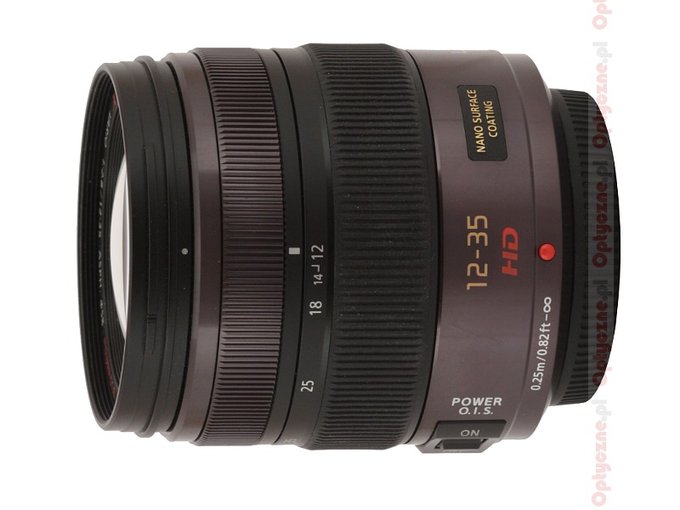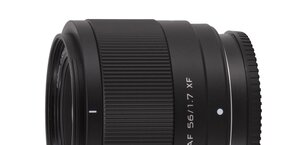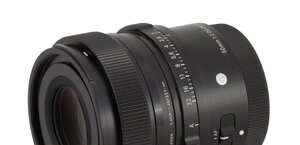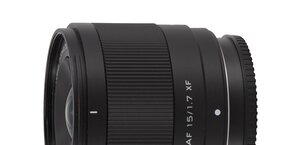Panasonic G X VARIO 12-35 mm f/2.8 ASPH. P.O.I.S
1. Introduction
When the Micro 4/3 system was introduced to the market, it was obvious that its constructors would have to deal with the same task. What’s interesting, in that case it was Panasonic which made the first move – in 2012 they presented two lenses: the G X VARIO 12–35 mm f/2.8 ASPH. P.O.I.S and the G X VARIO 35–100 mm f/2.8 P.O.I.S. They don’t feature f/2.0 aperture like their 4/3 system equivalents but, after all, it is understandable. Mirrorless lenses are aimed at a different type of users, here the emphasis is on small dimensions so attaching such big instruments as e.g. the Olympus 35-100 mm f/2.0 doesn’t tally well with the idea of the whole system. That’s why the constructors decided to apply f/2.8 and, as a result, the camera and both lenses still fit into bigger jacket pockets or a small photographic bag.
Not so long ago, courtesy of the Fotozakupy.pl shop we have been sent the Panasonic G X VARIO 12-35 mm f/2.8 ASPH P.O.I.S. so we got a splendid opportunity to check its performance. In the next chapters we described our impressions – happy reading!
Please Support UsIf you enjoy our reviews and articles, and you want us to continue our work please, support our website by donating through PayPal. The funds are going to be used for paying our editorial team, renting servers, and equipping our testing studio; only that way we will be able to continue providing you interesting content for free. |
- - - - - - - - - - - - - - - - - - - - - - - - - - - - - - - - - - - - - - - - - - - - - - - -
You are also invited to get acquainted with our test procedure, described in the article "How do we test lenses?" If you feel it’s still not enough, please go to our FAQ section where you can find some further explanation.
 |







